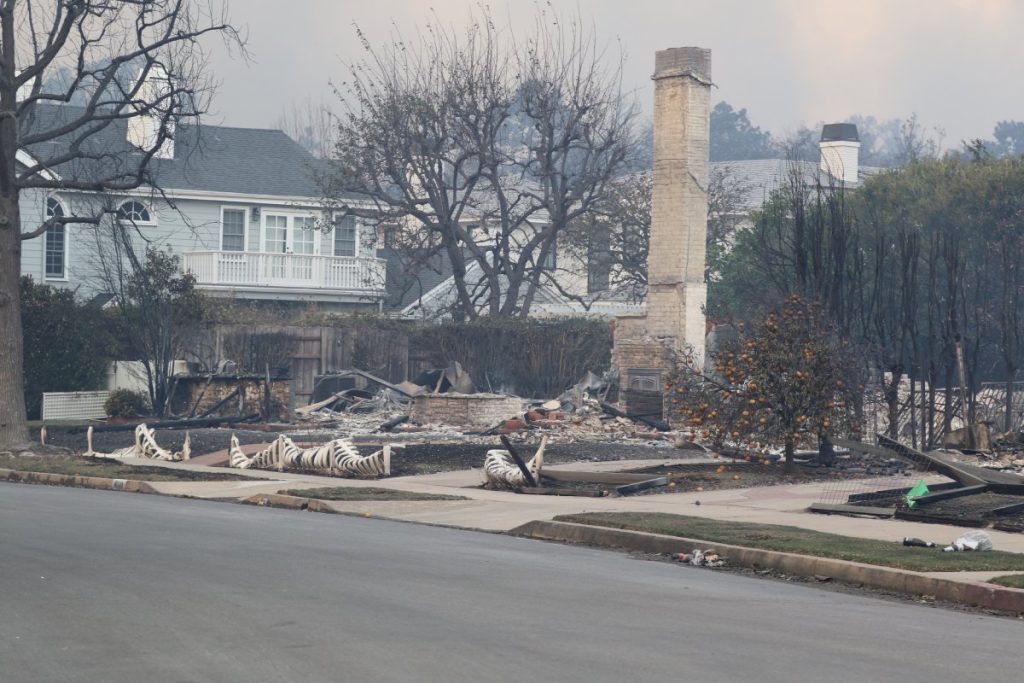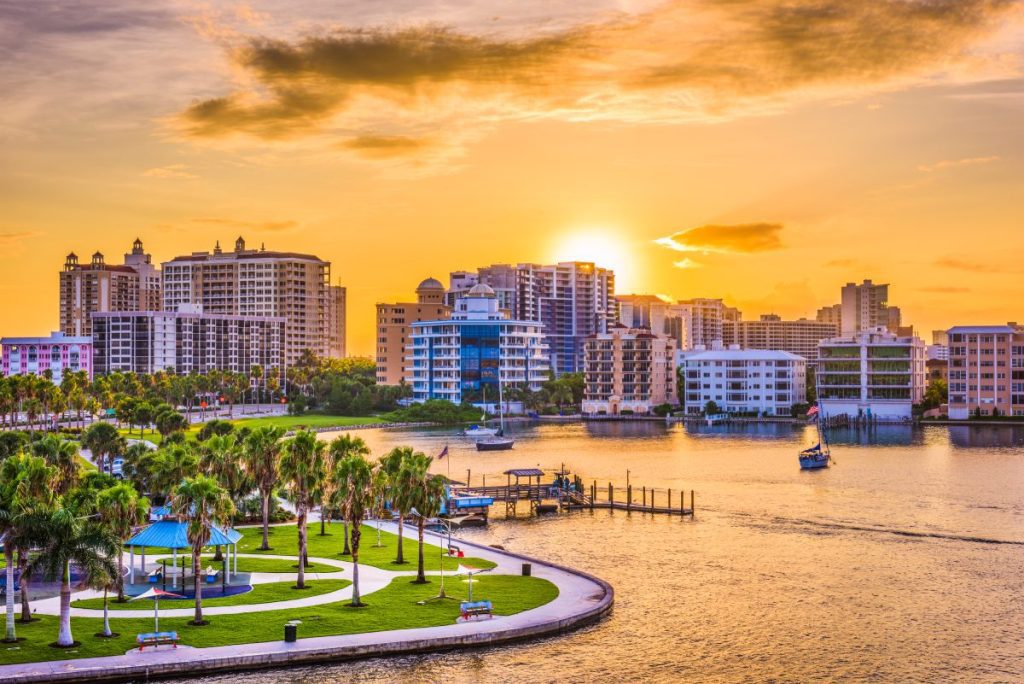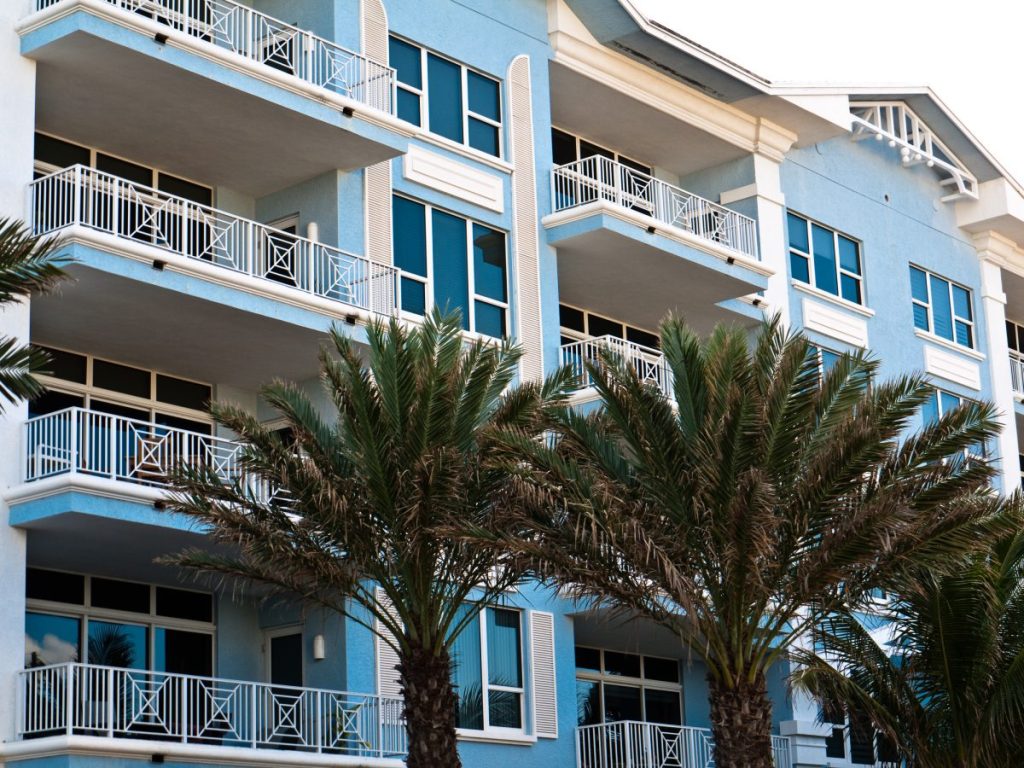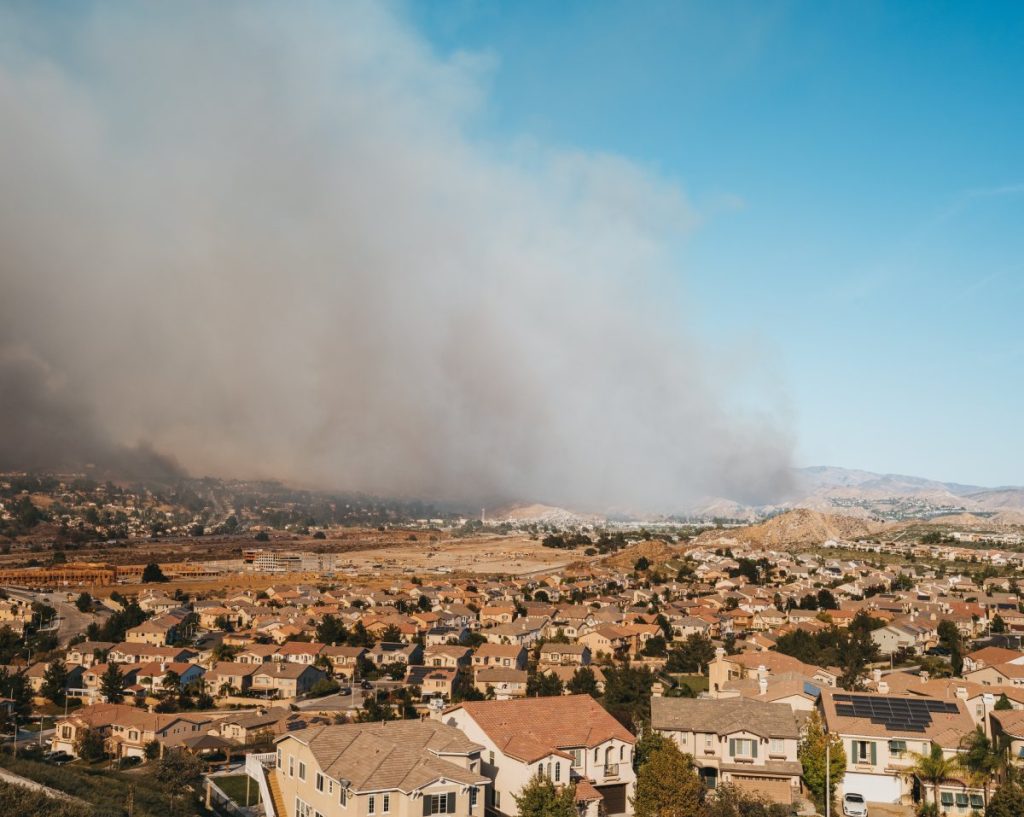In California, wildfire season isn’t just a season anymore. It’s a year-round threat that has been worsening each passing year. The Los Angeles and Palisades wildfires in early 2025 were only the latest in this devastating pattern, destroying entire neighborhoods and leaving behind smoldering ruins where homes and businesses once stood.
For many property owners, the trauma of losing everything has been quickly followed by another gut punch: a total loss estimate from your insurance company that doesn’t even come close to covering what you need to rebuild. For policyholders—whether you own a primary residence, a rental property, or commercial real estate—this can mean the difference between recovery and serious financial setbacks.
In this blog post, we’ll explain what a total loss estimate is, how insurers calculate it, and why their numbers are often artificially low. You’ll learn how to recognize the signs of a lowball offer and what legal strategies can help you fight back. We’ll also touch on emerging litigation—including lawsuits against major insurers like State Farm—for relying on cost-estimating software that systematically undervalues claims.
If you’re facing the aftermath of a wildfire and your insurer’s offer doesn’t reflect the true cost of your loss, you don’t have to navigate the process alone. Merlin Law Group is here to help policyholders challenge these bad faith practices and pursue the full compensation they’re owed.
What Is a Total Loss Estimate?
A total loss estimate is the dollar amount your insurance company assigns to the complete destruction of your insured property. In the context of a wildfire, it’s supposed to reflect what it would actually cost to rebuild your home or business, replace lost structures, and restore your property to its full pre-loss condition.
When your property is deemed a total loss—meaning it’s either completely destroyed or so severely damaged that it’s uninhabitable or unsafe to repair—the total loss estimate drives your insurer’s payout. That figure determines whether you’ll be able to rebuild, relocate, or be forced to absorb the financial fallout on your own.
California law has specific guidelines for total loss claims following catastrophic events like wildfires. California Insurance Code § 2051.5, for example, defines the measure of indemnity (i.e. the amount an insurer owes a policyholder) for the replacement cost of a loss as “the amount that it would cost the insured to repair, rebuild, or replace the thing lost or injured, without a deduction for physical depreciation, or the policy limit, whichever is less.”
However, in practice, many insurers rely on automated tools and shortcuts that significantly underestimate the cost of repairs and rebuilding, especially in high-demand, post-disaster markets where construction costs can skyrocket.
As a consequence, insurers may declare your property a total loss but still offer far less than what it would actually take to restore it. This disconnect between the estimate and the reality leaves many policyholders underinsured: sometimes by hundreds of thousands of dollars.
How Do Insurance Companies Calculate Total Loss Values?
Understanding how your total loss estimate was calculated is the first step toward challenging an offer that doesn’t reflect the true value of what you’ve lost. These estimates often reflect a patchwork of assumptions, depreciation formulas, and outputs from proprietary software—all of which can skew the numbers in favor of the insurer.
When your insurer determines that your property is a total loss, they typically begin calculating your payout based on two possible valuation methods:
- Actual Cash Value (ACV): This is the depreciated value of your property at the time of loss—essentially, what it was “worth” on paper just before the wildfire hit. Insurers subtract for age, wear and tear, and obsolescence, which can significantly reduce your payout.
- Replacement Cost Value (RCV): This reflects the cost to replace your property with new materials at today’s prices, without deducting for depreciation. Many policies advertise RCV coverage, but insurers often use ACV to issue an initial, lower payout.
The difference between ACV and RCV can be massive, especially in California, where construction costs have skyrocketed in the wake of wildfire destruction. If you’re relying on the insurer’s numbers alone, you may find yourself short of what you need to rebuild, even with full replacement coverage on paper.
Lowballing Through “Standardized” Tools
Business owners know it’s possible to make numbers on a page come out looking many different ways based on your methods and assumptions.
Insurance companies are aware of this, and they use it to their advantage. One of the most common ways they reduce total loss values is through cost-estimating software, such as Xactimate or Symbility. These tools draw from regional databases to generate rebuilding estimates, but the data is often outdated or fails to account for actual costs incurred after a disaster. In wildfire zones, where demand for labor and materials can surge literally overnight, these automated models simply can’t keep up.
And that’s when insurance companies are operating in good faith. Insurance adjusters sometimes input incomplete or overly generic information about your property into these programs. A 5,000-square-foot custom home in Malibu might be priced like a tract home in Fresno, with no accounting for high-end finishes, unique architecture, or code upgrades required under California law.
The result? The insurance provider produces a total loss estimate, coated with a veneer of machine-calculated objectivity, that’s difficult to challenge without detailed information about the software used and the inputs provided.
Insurers expect most policyholders won’t know how these numbers are generated, or that they can be challenged. But with legal help, these flawed valuations can be picked apart and re-assessed based on the true cost of rebuilding your property, not the insurer’s bottom line.
What Factors Influence a Total Loss Estimate?
A total loss estimate should reflect the full scope of your loss. But in practice, it’s shaped by a complex mix of geographic risk, policy limitations, and factors the insurer may choose to recognize or ignore. If your settlement feels suspiciously low, chances are one or more of these critical factors have been overlooked or undervalued.
Geographic Location and Wildfire Risk
California’s wildfire-prone regions—like hillside neighborhoods in Los Angeles or heavily forested areas near Sonoma—present unique rebuilding challenges, and insurers rarely account for these local realities when calculating total loss estimates. They typically rely on regional averages that fail to reflect the actual costs of rebuilding in your zip code.
Underinsurance or Outdated Policy Valuations
It’s only after disaster strikes that many policyholders discover that their insurance coverage limits have been long due for an overhaul. If you haven’t updated your policy in recent years to reflect increases in property value or construction costs, you may be severely underinsured through no fault of your own. Insurers often issue policies with estimated replacement values that haven’t kept pace with inflation or building code changes, which sets you up for a shortfall after a disaster.
Hidden or Overlooked Damage
Wildfires can destroy properties without leveling them. Insurers may downplay or exclude costly, long-term issues like:
- Smoke infiltration that damages HVAC systems, insulation, and finishes
- Toxic debris removal, which may be mandated under California environmental laws
- Foundation damage or structural warping from heat and water exposure
- Mandatory upgrades to meet modern building codes
These aren’t fringe issues; they’re often central to the true cost of recovery. Yet insurers may categorize them as “cosmetic,” “partial,” or outside the scope of coverage unless you push back with detailed documentation or legal support.
How to Negotiate Total Loss Values with Insurers
If your total loss estimate feels suspiciously low, you’re not powerless. Insurers expect most policyholders to accept their first offer without question, but you have both the right and the tools to push back. Here’s how to start negotiating from a position of strength:
Document Everything
Before a disaster, documentation is preparation. After a disaster, it’s leverage.
The more evidence you can provide about your property’s pre-loss condition, the harder it is for an insurer to justify a low estimate. This includes:
- Photographs or video walkthroughs of the property’s interior and exterior
- Receipts for renovations or upgrades, such as kitchen remodels, solar installations, or structural enhancements
- Pre-disaster appraisals or inspections that establish the value and quality of the home or commercial property
Insurers often use vague or default assumptions about your property’s features unless you prove otherwise. Detailed records can shift the narrative from “this is what we think it was worth” to “here’s what it demonstrably was.”
Get an Independent Appraisal
You don’t have to rely on the insurer’s valuation (and in many cases, you shouldn’t). Hiring a licensed public claims adjuster, professional appraiser, or construction estimator can give you an objective, evidence-based valuation that reflects the true replacement cost of your property. These professionals work for you, not the insurer, and can assess everything from custom finishes to market-driven building costs in your area.
Independent valuations are crucial when insurers utilize tools like Xactimate, which may undervalue materials or overlook key features of your property. They also provide a credible basis for challenging the insurer’s numbers, either in negotiations or in court.
Challenge the Settlement Offer
If the insurer’s offer doesn’t match your documentation or your independent appraisal, you can challenge it.
California law protects policyholders from bad faith insurance practices, which occur when insurers intentionally delay, deny, or underpay legitimate claims. If your insurer refuses to reconsider an obviously inadequate settlement or fails to explain the basis of their valuation, they may be acting in bad faith. This opens the door to legal remedies that go beyond the original policy limits, including punitive damages.
At this stage, though, it’s critical to retain legal counsel. At Merlin Law Group, we’ve helped clients across California hold insurers accountable when they try to cut corners or shortchange victims of catastrophic loss. Whether through negotiation, appraisal dispute resolution, or litigation, we fight to ensure that your total loss estimate reflects the reality of your loss and the policy you paid for.
How a Total Loss Affects Your Insurance Premiums and Future Claims
Filing a total loss claim is about recovering what you’ve lost, but it can also shape your insurance future in ways many policyholders don’t expect.
In the aftermath of a wildfire, it’s not uncommon for property owners to face steep premium increases, even for losses that are entirely beyond their control. Insurers see a total loss claim as a high-risk indicator and may raise your rates accordingly at the time of renewal. In wildfire-prone areas, especially those designated as high-risk zones by CAL FIRE, premium hikes can be dramatic.
And for some, higher premiums aren’t even the worst of it. Insurers may decide not to renew your policy at all.
Non-Renewals and the Fight to Stay Insured
Non-renewals after a total loss claim have become a growing problem across California. Many homeowners in wildfire-impacted areas have received notice that their insurer won’t renew their coverage, sometimes just months after filing a claim. This can leave property owners scrambling to find coverage through surplus line carriers, the California FAIR Plan, or other last-resort markets, which offer limited protections and significantly higher costs.
To combat this, the state has enacted legislation designed to protect wildfire survivors from being dropped by their insurers too quickly. Under California Insurance Code § 675.1, for example, insurers are prohibited from canceling or refusing to renew residential policies for at least one year after a declared state of emergency affecting the insured property. In some cases, that protection has been extended to two years.
Still, those laws offer only temporary relief. In the long term, homeowners and commercial property owners in fire-prone areas face fewer options, higher deductibles, and reduced policy limits—just when they need strong coverage the most.
Merlin Law Group: Over 40 Years of Expertise in Property Insurance Law
Total loss estimates are not fixed truths. They are calculations that can (and often should) be challenged. With the right evidence, professional valuations, and legal support, undervalued claims and underinsurance don’t have to be your reality.
If your insurer has offered you less than what it will take to rebuild, don’t accept it as the final word. Merlin Law Group has helped wildfire victims across California stand up to powerful insurance companies and demand the compensation they’re rightfully owed. For over 40 years, our attorneys have fought for property owners who were in exactly the same position you are right now. During that time, we’ve helped our clients recover over $2 billion from their insurers.
You’ve already lost enough. Don’t let your insurer decide what your future is worth.
FAQs About Total Loss Estimates After Wildfires
How Can I Tell If My Property Qualifies as a Total Loss?
If your home or building is no longer livable or if rebuilding would cost more than its covered value, it likely qualifies as a total loss under most insurance policies. In wildfire cases, this can mean complete structural destruction or less visible (but still serious) property damage, such as heat warping, smoke infiltration, and foundation compromise.
Is the Insurer’s Initial Settlement Final?
No, the insurer’s first offer is not the final word. It’s an opening position, and you have the right to question, negotiate, and dispute it. Many initial settlement offers are intentionally conservative or based on incomplete data. By providing documentation, seeking independent appraisals, and, when needed, involving legal counsel, you can challenge a lowball estimate and pursue the full amount you’re owed.
How Does Salvage Value Impact My Payout?
Salvage value refers to the estimated worth of any remaining, usable parts of your damaged property, such as undestroyed structures, fixtures, or materials. Insurers sometimes subtract this value from your total loss settlement, arguing that part of your property retains value. However, in wildfire cases, what remains is often unsafe, unsalvageable, or legally unusable.
If your insurer is applying salvage deductions, it’s important to verify whether those values are realistic and legally valid under California property and environmental standards.
What’s the Role of Gap Insurance in Minimizing Personal Financial Risk?
Gap insurance helps cover the difference between your standard policy limits and the actual cost to fully replace your property. It’s especially important in fast-changing markets or disaster-prone areas. While more common in auto insurance, similar endorsements or policy riders exist in property insurance and can bridge the underinsurance gap that leaves many wildfire victims vulnerable.




